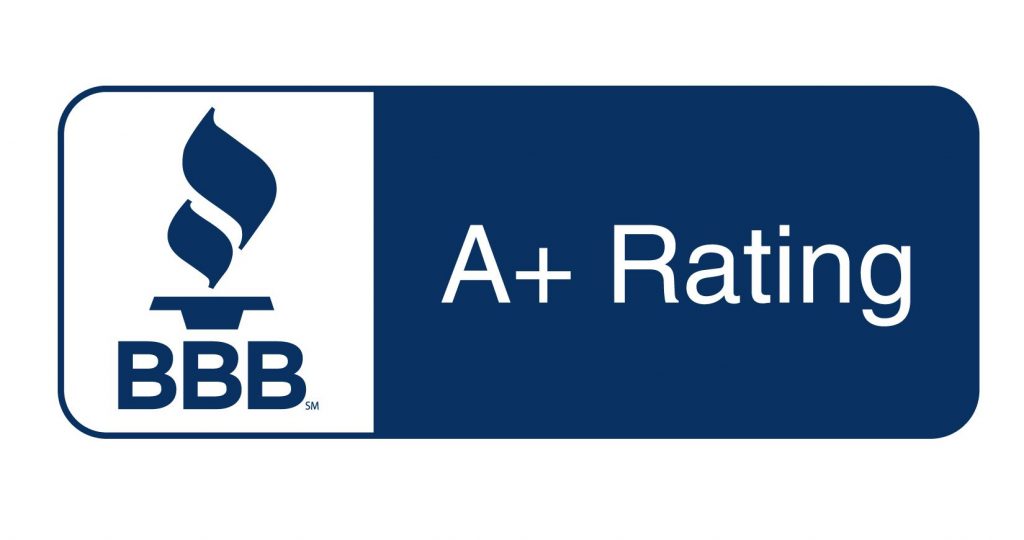New Medicare beneficiaries face the dilemma of choosing between Medicare Supplements and Medicare Advantage plans. You can only have one, and the goal of each plan is to save you money. They do so in different ways, however, and the pricing can vary widely between the options of each type and in comparison with each other.
For an individualized look at your options, we recommend you see our agents at Carolina Senior Benefits. Our team is trained to match you with the plan that best fits your needs. Contact us today for more information or to schedule an appointment.
These are the coverage and enrollment differences between Medicare Supplements vs. Medicare Advantage.
What They Each Cover
Medicare Supplement plans help to pay for the out-of-pocket expenses from Medicare Part A and Part B. Once you meet your deductible, they can help pay for Part A coinsurance and hospital costs, your first three pints of blood, Part B copayments and coinsurance, hospice care, skilled nursing facility care, the Part A deductible, Part B excess charges, and foreign travel emergency care. If you first enrolled in Medicare before 2020, you can also find coverage for the Part B deductible.

Medicare Advantage plans cover the same covered expenses as Original Medicare for Part A and Part B services, tests, and items. Think of these plans as an alternate form of insurance. You still receive the same coverage, but your healthcare provider will bill your private health insurance company instead of Medicare. Some Medicare Advantage plans offer coverage with separate premiums for dental, hearing, vision, or prescription drug coverage as well. These plans are also typically region-based and operate using a network of healthcare providers. You may be covered for care outside of that region, but it will be more expensive.
Medicare Supplement Benefits
The main advantage of Medicare Supplements is that they can cover your out-of-pocket expenses. The Medicare Part A deductible is charged per benefit period, which is the time between being admitted as an inpatient and when you have not received inpatient care in 60 days. Because of this, you can end up paying the deductible (which is upward of $1,400) more than once in the same year.
A secondary benefit is the foreign travel emergency care, which is covered at 80% under six of the available plans. Medicare only covers you in the U.S. and its territories, except in specific circumstances. If you frequently travel outside of our borders, this will be added protection.
Medicare Advantage Benefits
The main advantage of Medicare Advantage is its ability to offer additional coverage. Original Medicare has quite a few gaps in coverage, including for routine dental, hearing, and vision care and prescription drug coverage. With a Medicare Advantage plan, you
A secondary benefit is that Medicare Advantage plans have an out-of-pocket maximum. This can be critical in saving you money, especially if you have to pay multiple Part A deductibles over the year.
With a Medicare Advantage plan, you will only have to pay the out-of-pocket maximum once per year.
Enrollment Periods
You can only enroll in a Medigap policy during your six-month Medigap Open Enrollment Period, which begins on the first day of the month that you are both age 65 or older and are enrolled in Medicare Part B. If you wait to enroll, you may be denied coverage or charged a higher premium because of your health condition.
You can enroll in a Medicare Advantage plan during the Annual Election Period (AEP) from October 15 – December 7. You can also switch from one Medicare Advantage plan to another or drop your Advantage plan and return to Original Medicare during this time. If you’re happy with your current Advantage plan, you don’t need to do anything during open enrollment.





